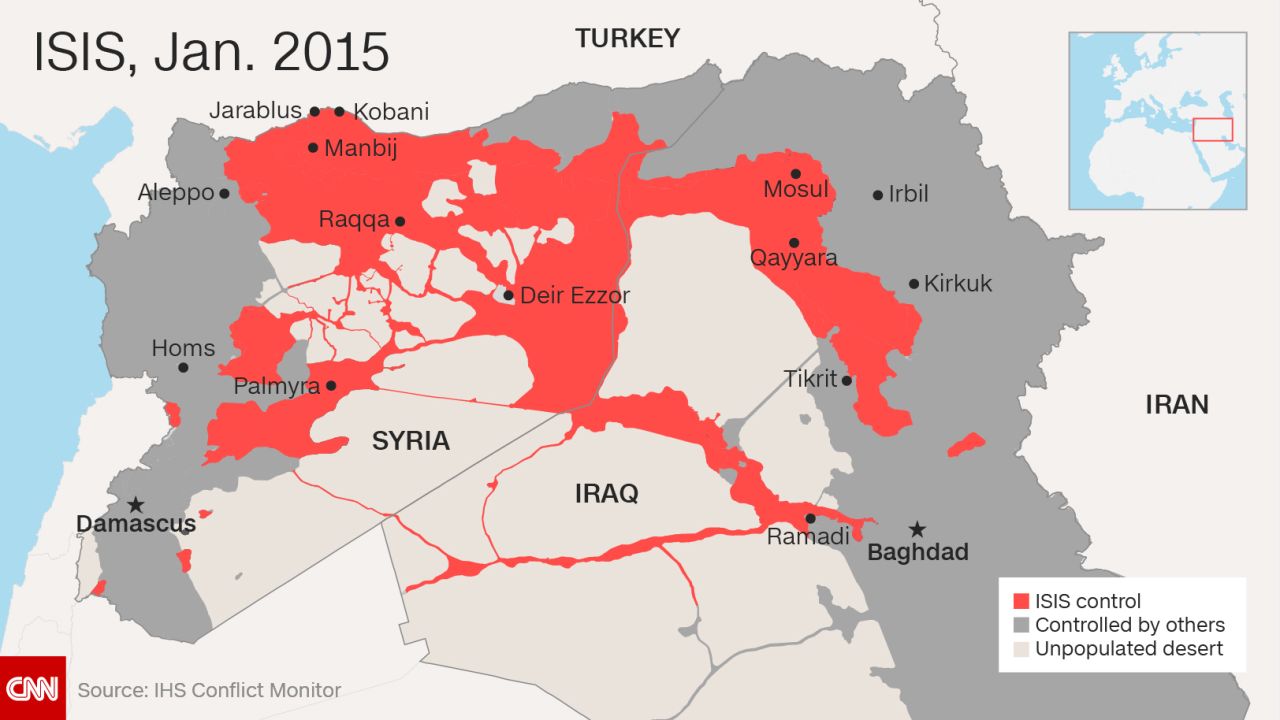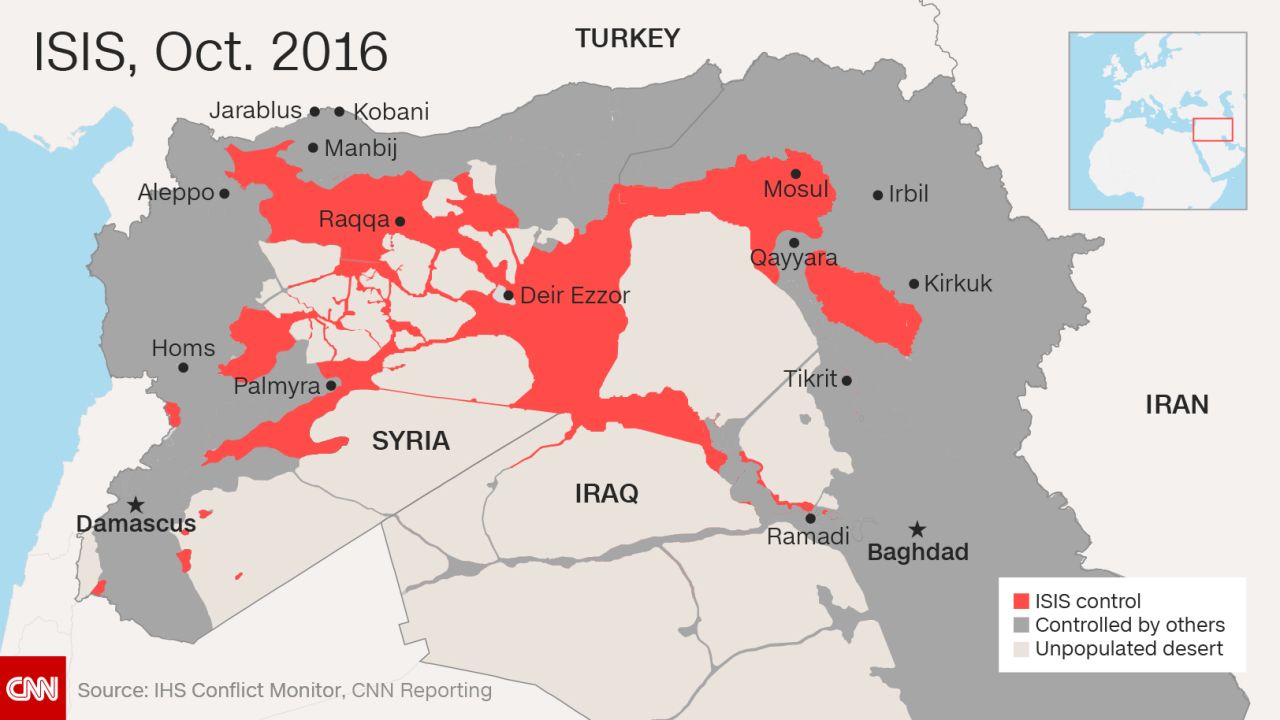Story highlights
More than a million civilians remain in Mosul as offensive to liberate city begins
It's estimated some 200,000 may try to flee in the first few days
With the operation to liberate Mosul from ISIS under way, the fate of more than a million civilians in the city hangs in the balance.
The fight is expected to last weeks, if not months, and if the battles to wrest Falluja and Ramadi from the militant group’s grip are indicators, Mosul will be a complicated operation.
In northern Iraq, the main road to Mosul is dotted with villages deserted in anticipation of the battle.
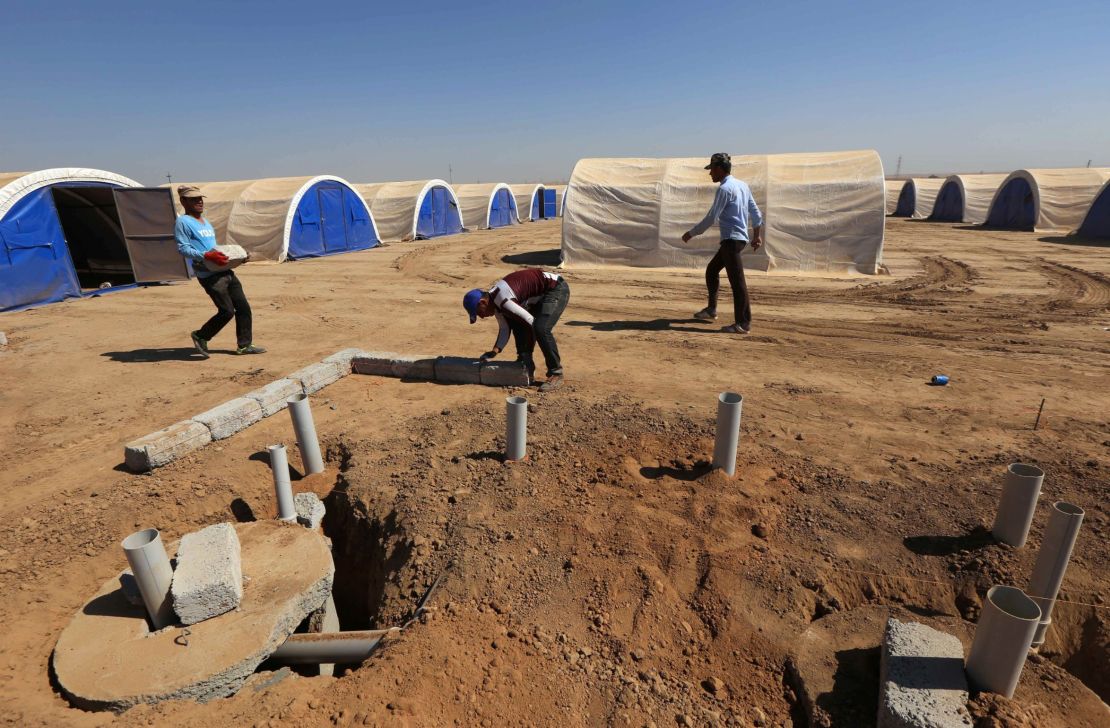
But for residents of Mosul, the path out of the city is shadowed by the threat of death from snipers, landmines, hunger and thirst.
Staying, however, keeps them in the clutches of an organization known to use civilians as shields, and effectively puts them in the middle of the battlefield.
The Iraqi Joint Operations Command issued a statement Monday reiterating its call for all residents of Nineveh province, which includes Mosul, to protect themselves by “maintaining distance from all Daesh [ISIS] positions … because these are military targets that will be destroyed.”
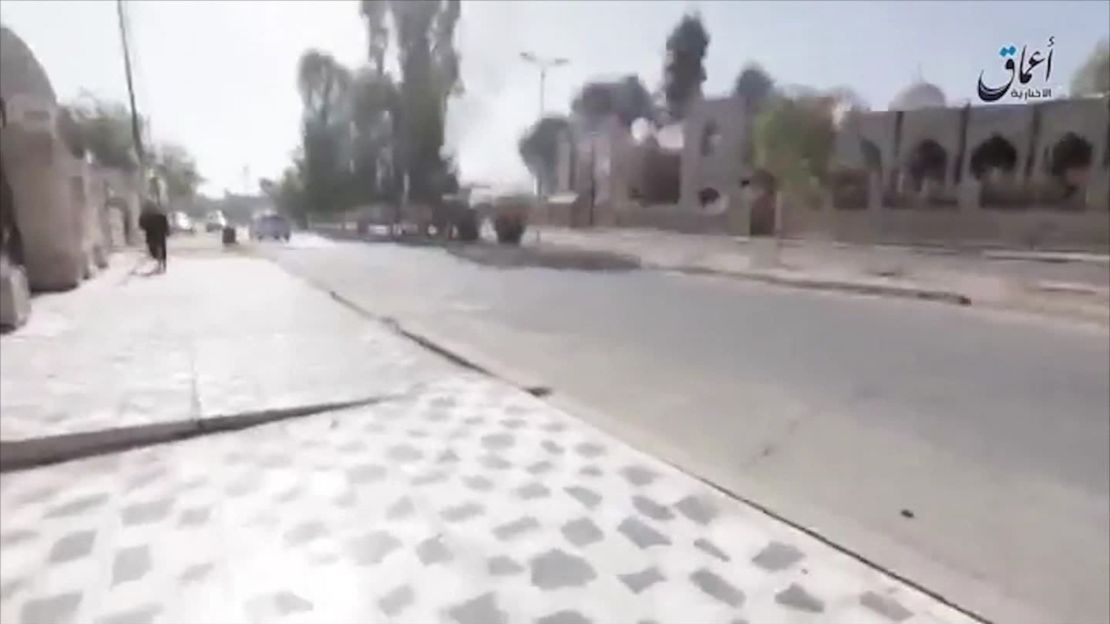
Two Mosul residents told CNN there was aerial bombardment and artillery shelling on the city overnight, which intensified in the early hours of Monday morning.
One said there had been calls from some mosques for people to “resist the infidels” and another said he saw ISIS fighters setting up improvised explosive devices and booby trapping vehicles as they were moving westward in the city.
Worst-case scenario
Before becoming the top prize in the Iraqi portion of ISIS’ self-declared caliphate, Mosul was home to more than 2 million people.
About half of those residents remain today.
The UN refugee agency says most of those still in Mosul could flee in the face of the fighting, creating what a UN representative says could be “one of the largest man-made displacement crises of recent times.”
“Families are at extreme risk of being caught in crossfire or targeted by snipers. Tens of thousands of Iraqi girls, boys, women and men may be under siege or held as human shields. Thousands may be forcibly expelled or trapped between the fighting lines,” UN Secretary-General for Humanitarian Affairs Stephen O’Brien said in a statement.
“Children, women, the elderly and disabled will be particularly vulnerable. Depending on the intensity and scope of the fighting, as many as one million people may be forced to flee their homes in a worst-case scenario,” he said.
Refugee camps prepared
Camps are being set up to accommodate the refugees, who will need transportation and basic necessities after Iraqi security forces and the Peshmerga screen them as they leave the city.
“As of 16 October, 27 camps and emergency sites have been confirmed and identified through the joint planning process to accommodate displaced persons. A total of 10,014 plots are currently available for 60,084 people. A further 41,744 plots for 250,464 people are planned or under construction,” the OHCHR said Monday.
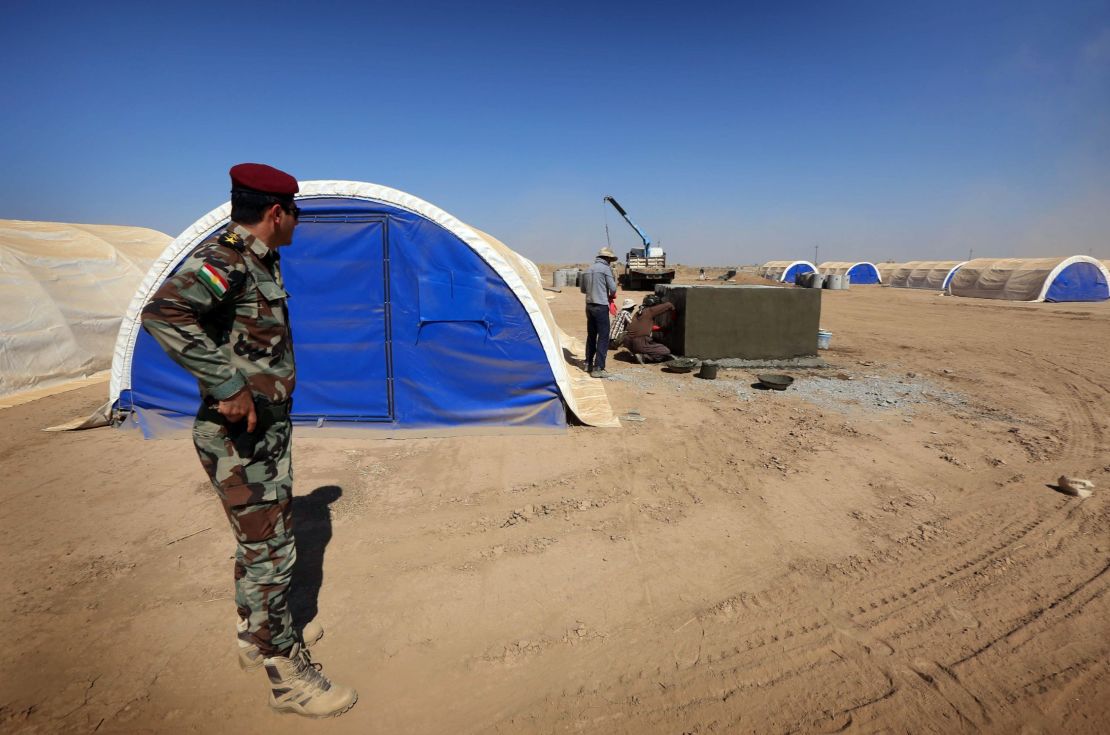
It said once those fleeing Mosul reached muster points, they would be taken to screening sites and from there to camps and emergency sites.
“At each stage of these movements, vulnerable families will need first-line, life-saving aid including shelter, food, health care and water, sanitation and hygiene (WASH) assistance. Protection needs will be high priority, with many displaced persons from Mosul likely to be suffering acute vulnerabilities due to various forms of extreme trauma,” it said.
The Norwegian Refugee Council (NRC) has asked the parties to the conflict to guarantee the civilians’ safety by establishing safe exit routes.
“With no safe routes out for civilians and the city under now heavy attack, hundreds of thousands of Iraqis are at extreme risk of being caught in the crossfire, shot at by snipers as they attempt to flee, or of coming under attack in their own homes,” it said in a statement.
Emergency camps set up on the outskirts of Mosul can accommodate just 60,000 people, but up to 200,000 may try to flee in the first few days, NRC said.
“The way this offensive is carried out, as well as the treatment of the fleeing civilians at the hands of the fighting forces, and the effectiveness of the humanitarian response, will determine the future of Iraq and how Iraqis will live side by side with each other.
“We cannot let Iraqi civilians down again in this moment of truth,” said Wolfgang Gressman, NRC’s country director in Iraq.
White flags
Save the Children said half a million children were at risk in Mosul.
“Unless safe routes to escape the fighting are established, many families will have no choice but to stay and risk being killed by crossfire or bombardment, trapped beyond the reach of humanitarian aid with little food or medical care.
“Those that try to flee will be forced to navigate a city ringed with booby traps, snipers and hidden landmines. Without immediate action to ensure people can flee safely, we are likely to see bloodshed of civilians on a massive scale,” the group’s deputy country director Aram Shakaram said.
The organization said calls by military commanders for civilians to put white flags on their homes were unacceptable.
“At best this is impractical in a brutal urban conflict. At worst, it risks civilian buildings being turned into military positions and families being used as human shields.”
Killers underfoot
Save the Children earlier described children dying of thirst as their families fled the intensifying fighting in the Mosul area.
“Other children were arriving barefoot – after a grueling 36-hour trek to safety through territory laced with Improvised Explosive Devices (IEDs) planted by the Islamic State group,” it said in a statement Thursday.
“One family of five, now reduced to three, said they lost two children to hidden explosives. They were unable to retrieve the bodies for fear of further landmines in the area,” the group said.
The hidden killers buried in Iraq’s soil are also slowing aid workers.
The International Organization for Migration said it was preparing emergency shelters in Iraq’s Ninewa governorate but that its work was “contingent on mine clearance.”
Even as families flee greater Mosul, ISIS is trying to portray normal life in the city.
ISIS published a 90-second video that includes interviews with people on Mosul streets.
“Everything is good here; look, everyone is out and about,” says a young bearded man in a black T-shirt, pointing to a tree-lined street bathed in afternoon sunlight. “We just got back from the market.”
The video emerged recently, though it’s not clear when it was recorded.
‘Been through too much already’
Announcing the assault on ISIS in Mosul, Iraqi Prime Minister Haider al-Abadi predicted his country “will celebrate victory as one,” but the nation has long battled with ethnic and religious divisions.
After thousands fled Falluja earlier in the year, the displaced were housed in squalid conditions with men and teenage boys held separately for “security clearance” as authorities tried to screen for former ISIS fighters.
The process allegedly resulted in abuse, torture and in some cases, summary executions.
“We have already seen the fatal consequences of so-called safe routes back in Falluja and we cannot expose more Iraqis to such risks again. They have been through too much already,” NRC’s Gressman said.
Read: Millions driven from Iraq’s tormented lands have nothing to return to
CNN’s Arwa Damon, Ben Wedeman, Hamdi Alkhshali, Ingrid Formanek, Daniel Nikbakht, Susanna Capelouto, Nick Paton Walsh, Ghazi Balkiz, Mohammed Tawfeeq, Ray Sanchez, Schams Elwazer, Yousuf Basil and Eliott C. McLaughlin contributed to this report.
















